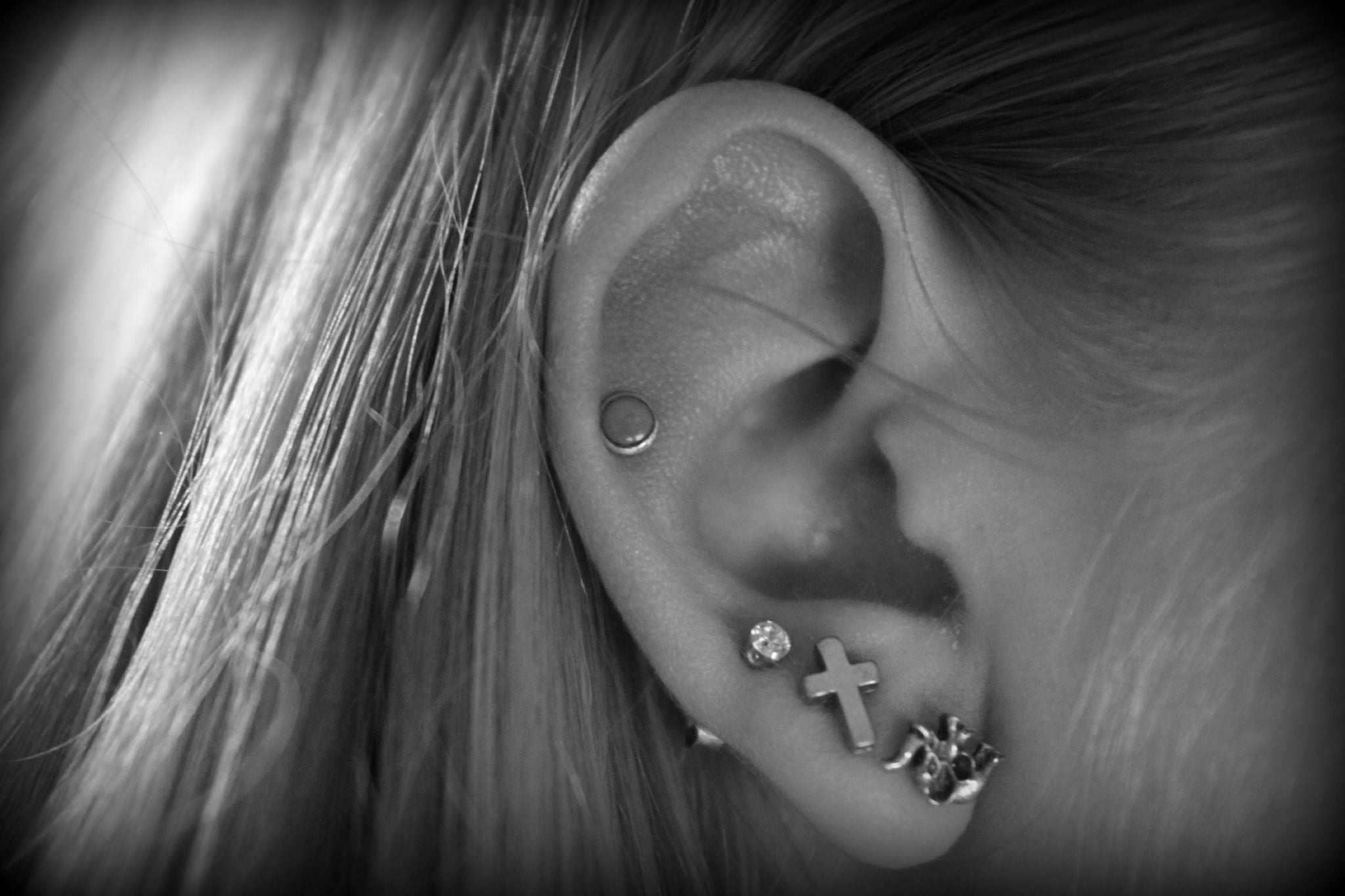Ear piercing: Ever Wondered Why Do We Pierce Our Ears?

History of Ear piercing

Ear piercing is not just a fashion statement!
Wearing them has an acupuncture-effect on the body. In ancient China, earrings were developed for health purposes rather than female embellishment purposes.
The father of Western medicine, Hippocrates, wrote about ear piercing and earring wearing around 470 B.C. as a remedy and treatment for menstrual problems.
Ancient people treated diseases of female Yin organs via earrings in the left ear and diseases of the male Yang organs via the right ear.
Egyptians considered body piercings a form of protection, warding off evil spirits. In the Middle Ages, body piercings were a religious practice and a symbol of social standing and wealth. Indeed, the origins of piercing have a long, fascinating history.
Various health benefits of ear piercing

- Maintains the reproductive organs and helps to keep up a healthy menstrual cycle.
- Ear lobes contain the meridian points of left brain and the right brain. When these points are pierced, it activates the respective parts.
- According to acupuncture, the central point of ear lobes contains the points of vision. Applying pressure to these points sharpens eye sight.
- The ear lobes are good spots to apply pressure that relieves tinnitus.
- It prevents anxiety and nervousness.
- Helps to keep one’s digestive system in order.
- It also increases intellect, a power of thinking and decision-making skills.
Important Ear Piercing Considerations
When considering ear piercing, choose a reputable and professional piercer who follows proper hygiene standards. Decide on the piercing location, whether it’s the lobe, helix, tragus, conch, or rook, considering healing time and potential discomfort. Pain levels vary, so be prepared for some discomfort.
Follow aftercare instructions diligently. Clean the piercing site with a saline solution and avoid touching it with unwashed hands. Opt for high-quality custom jewelry like surgical stainless steel, titanium, or gold, and be mindful of potential metal allergies.
Recognize signs of infection—increased redness, swelling, pain, or discharge—and seek prompt medical advice. Manage long hair appropriately to prevent it from getting caught in the jewelry. Wait until the piercing is fully healed before changing the jewelry.
Check legal age requirements for piercing, as minors often need parental consent. Consult with a healthcare professional before piercing if you have medical conditions or are on medication. Everyone’s body reacts differently to piercings, so proper care is crucial. If doubts arise, consult with your piercer or a healthcare professional.
Isn’t the fact significant? If you liked this article on the history of ear piercing, then do not forget to share among your peers.
Read Also: This is what makes Louboutin shoes different from the others



